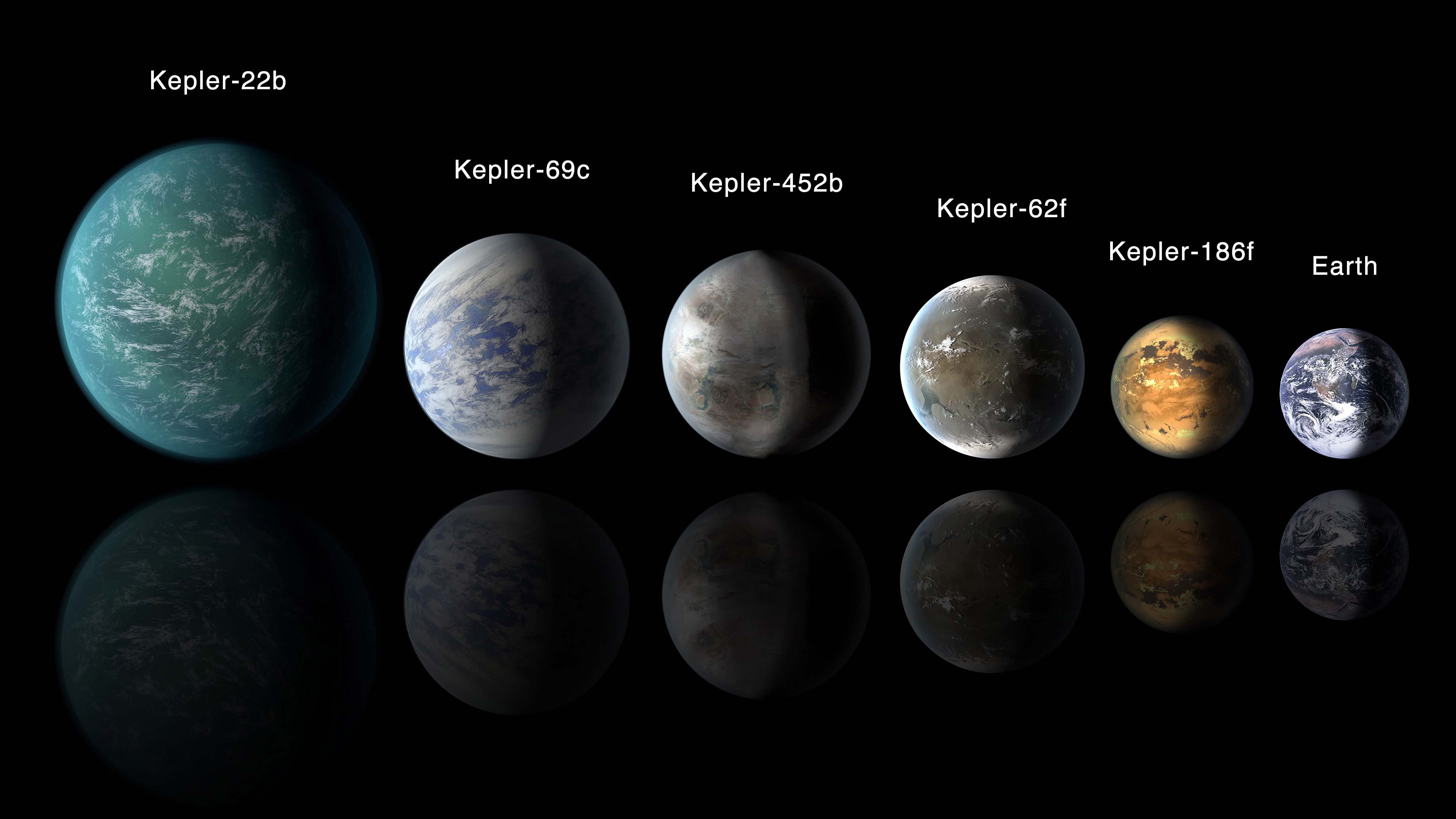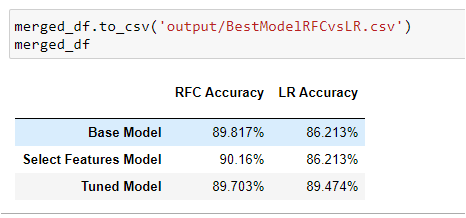Over a period of nine years in deep space, the NASA Kepler space telescope has been out on a planet-hunting mission to discover hidden planets outside of our solar system.
To help process this data, I created some machine learning models capable of classifying candidate exoplanets from the raw dataset.
In this homework assignment, I performed as:
- Preprocess the dataset prior to fitting the model.
- Used
MinMaxScalerto scale the numerical data. - Separated the data into training and testing data.
- Used
GridSearchto tune model parameters. - Tuned and comparedtwo different classifiers.
- Models used were:
Logistic Regression (LR)Random Forest Classifier (RFC)
- Models Design:
- Imported my dependencies as well as loaded the expoplanet_data.csv file.
- Build both models using all 41 features
- Instead of deleting columns a priori, I used the base model to evaluate feature importance, and filter the data to include relevant features only.
- I build a second model by selecting the features model and using the filtered data. *Tuned the model parameters using GridSearchCV.
- Build the final model using the tuned parameters.
- Evaluated both models and extracted, as csv and sav files, both Accuracy Report Data Frames.
- Performed and merged both Accuracy Report Data Frames as a First Glance Comparison Report.
- Models Comparison and Results:
- The Comparison Report, at first glance, we can see that
Random Forest Classifier (RFC)is more accurate thanLogistic Regression (LR)by so little margin!
* Eventhough, we can also see that the `Tuned Model` applying the Grid Search CV also refine our accuracy target.
* Finally, as for Random Forest, we can see that is highly effective applying a feature selection than Logistic Regression model.
* Conclusions: Given the relatively high accuracy of the RFC model, I believe it to be a reasonable predictor of exoplanet candidacy. However, a model leveraging deep learning techniques might prove superior. - The Comparison Report, at first glance, we can see that
-
Started by cleaning the data, filtering features, and scaling the data.
-
Tryed a simple model first, and then tuned the model using
GridSearch. -
When hyper-parameter tuning, some models have parameters that depend on each other, and certain combinations will not create a valid model.
-
Worked both Models and my Comparison Report in separated Jupyter notebooks, in orde to avoid coding confusion.
-
My Jupyter Notebooks for each model are hosted on GitHub.
-
Created a file for my best model and push to GitHub
-
Included a README.md file that summarizes my assumptions and findings.
-
Submitted the link from my GitHub project to Bootcamp Spot.

